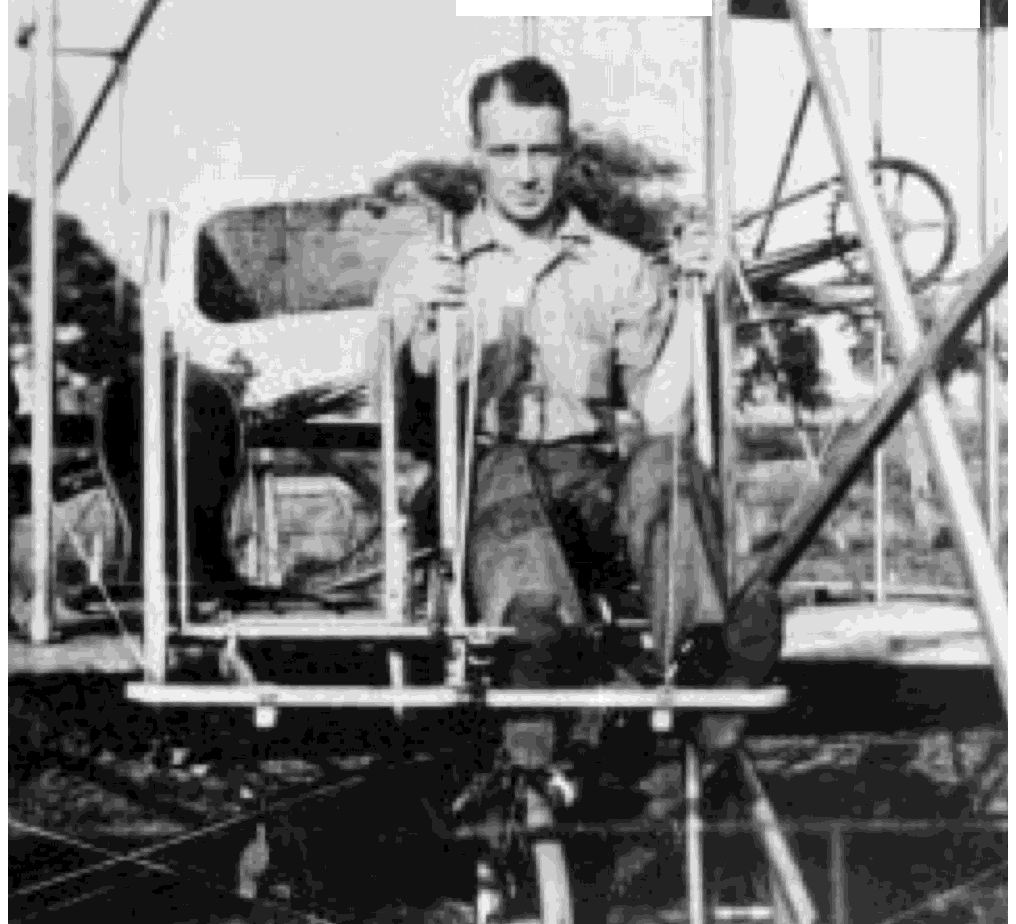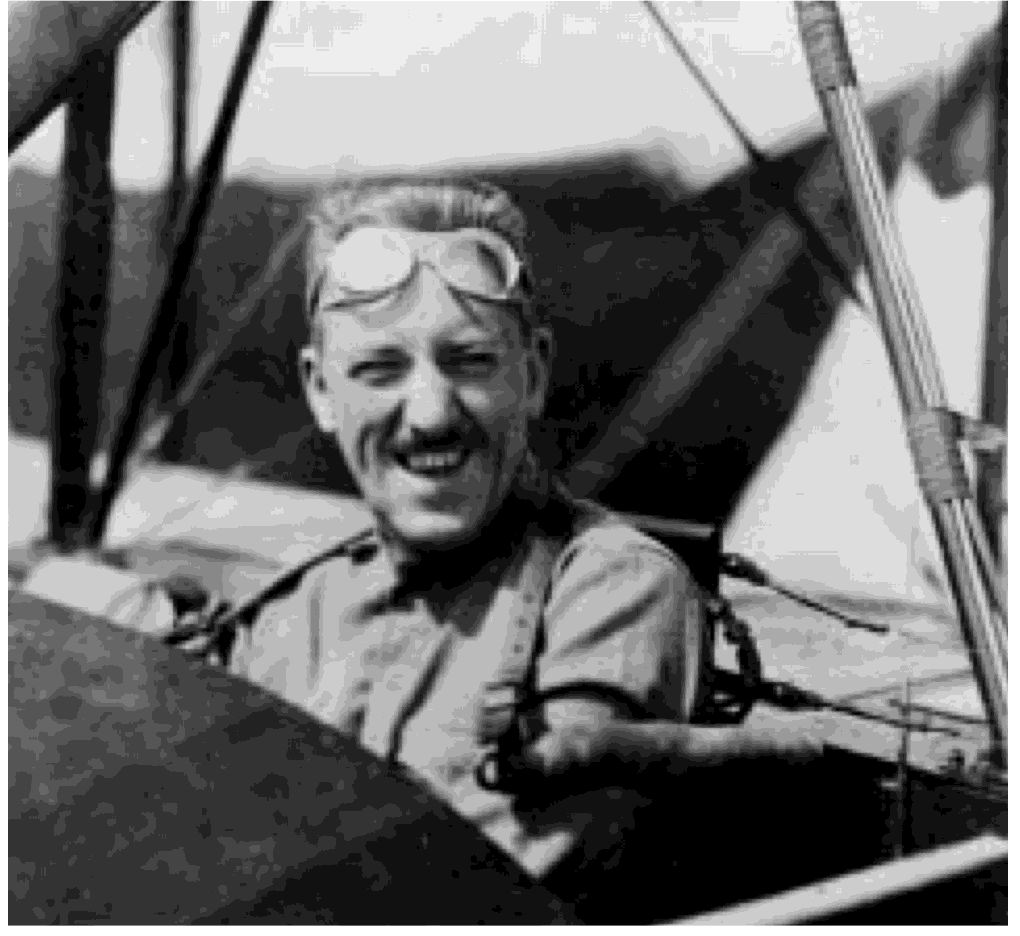

22
UNITED STATES NAVAL AVIATION
1910-1995
1916-Continued
11 October
The Acting Secretary of War recom-
mended to the Secretary of the Navy that a joint Army-
Navy board be appointed to consider the requirements
for developing a lighter-than-air service in the Army or
Navy or both. With the Secretary's concurrence, there
came into being an agency for interservice coopera-
tion in aeronautics which under its later title,
Aeronautical Board, functioned for over 30 years
before being dissolved in 1948.
24 October
The Bureau of Steam Engineering
requested the Navy Yard, Philadelphia, Pa., to under-
take development of a radio direction finder for use
on aeroplanes, and specified that the apparatus be as
light as possible and use wave lengths of 600 to 4,000
meters.
27 October
The Chief of Naval Operations directed
that all aircraft loaned or donated to the Naval Militia
by private individuals or organizations be designated
NMAH and be given numbers in sequence beginning
with one.
8 November
Lieutenant Clarence K. Bronson, Naval
Aviator No. 15, and Lieutenant Luther Welsh, on an
experimental bomb test flight at Naval Proving
Ground, Indian Head, Md., were instantly killed by the
premature explosion of a bomb in their plane.
17 November
Efforts to develop high speed sea-
planes for catapulting from ships led Chief Constructor
Ken Whiting 1061480
David W. Taylor to solicit suitable designs from vari-
ous manufacturers. Among the requirements were a
speed range of 50 to 95 mph, two and a half hours
endurance, and provisions for radio.
7 December
Lieutenant Commander Henry C.
Mustin reported that an Eastman Aero camera, tested
at NAS Pensacola, Fla., at altitudes of 600 to 5,100 feet,
was by far the best camera tested up to that time, and
produced photographs very satisfactory for military
purposes.
12 December
Captain Mark 1. Bristol was detached
as Commander of the Air Service, and the functions of
the command but not the title were transferred to Rear
Admiral Albert Gleaves, Commander Destroyer Force,
Atlantic Fleet.
30 December
The Commission on Navy Yards and
Naval Stations, authorized by the Act of 29 August
1916 for the purpose of selecting new sites for the
expansion of Navy Yards and for submarine and air
bases along the coast, submitted its preliminary report.
For aviation the commission could only report that
"the present development of aeronautical
machines. . . and the practical experience so far
obtained in the utilization of such machines to meet
the tactical and strategical requirements of the fleet
and the defense of the coast, is such as to preclude
the determination at this time of any extensive system
of aviation bases." The commission recommended that
a joint Army-Navy board decide upon locations that
might be used by both services.
W McIlvain, USMC
1061483
 |
22 |